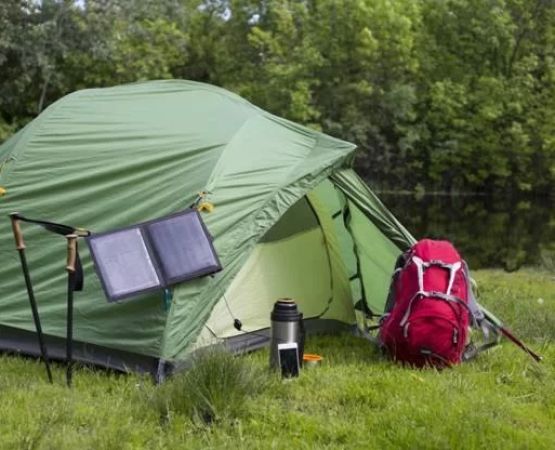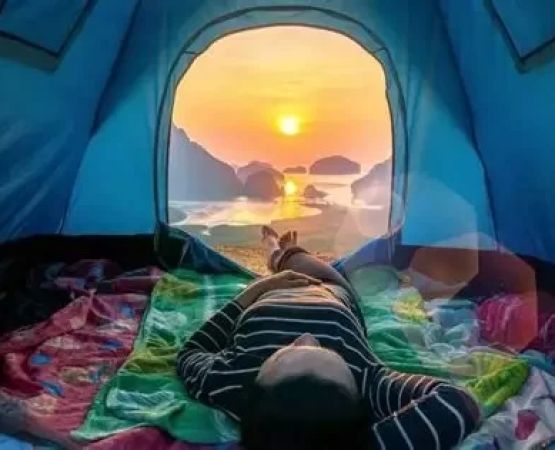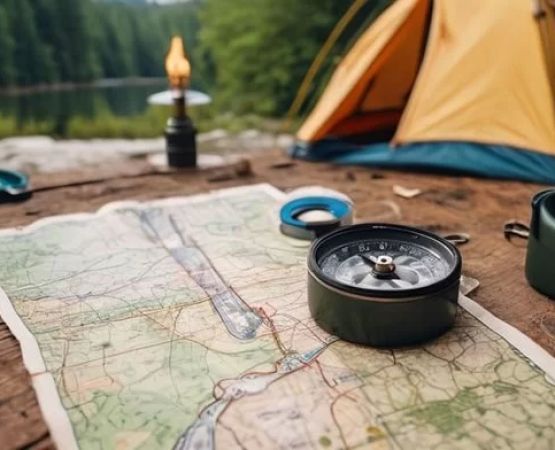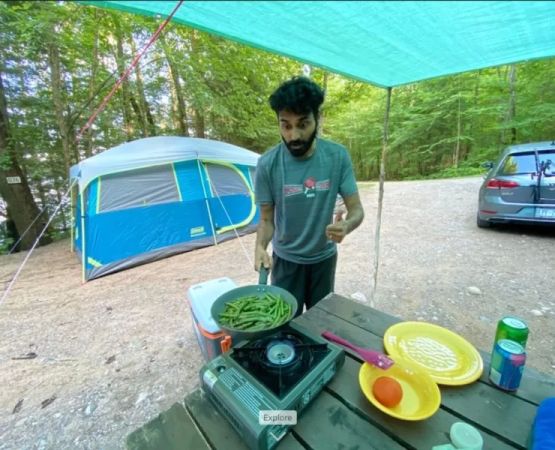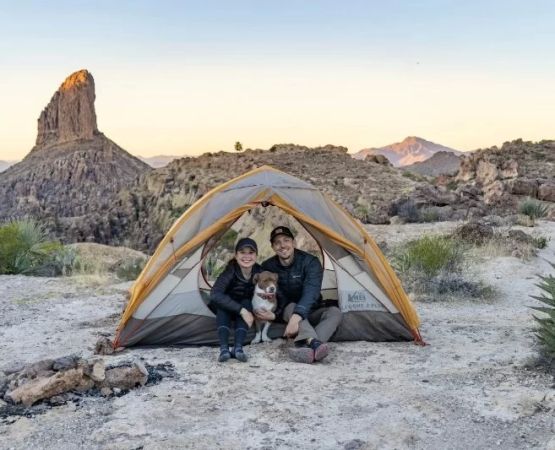What I Learned Camping in Freezing Temperatures: Gear That Saved Me
1. The Coldest Night of My Life
I’ll never forget that weekend in late November when my friends and I decided to push our camping limits. The temperature dropped well below freezing, and while the snow-covered pines looked magical, my unprepared gear turned the trip into a serious survival lesson. That experience taught me that cold weather camping is about more than grit—it’s about gear. Since then, I’ve fine-tuned my cold weather kit, and now, every time I head out into the frosty wilderness, I feel confident and comfortable.
2. Why Cold Weather Camping Demands Specialized Gear
Unlike summer camping, where you can make do with light gear, winter camping can quickly become dangerous without the right equipment. Hypothermia, frostbite, and sleepless nights are real risks. But with the right planning and gear, you can actually enjoy the peaceful quiet of the winter wilderness. Here’s what I’ve learned to pack every single time temperatures drop.
3. My Must-Have Cold Weather Camping Gear List
3.1 Four-Season Tent
A regular three-season tent won’t cut it when snow and wind come into play. I use a four-season tent with strong aluminum poles and a low profile to handle high winds. It’s well-ventilated to reduce condensation but still seals tightly against the cold. The first time I upgraded, the difference was immediate—I actually slept through a snowstorm without waking up soaked or frozen.
3.2 Insulated Sleeping Pad
Many people overlook the sleeping pad, but it’s just as important as your sleeping bag. The cold ground will suck the heat right out of your body. I switched to an insulated pad with an R-value above 5, and now I don’t feel that icy chill creeping up from below anymore. Layering foam pads under an inflatable one also works wonders in extreme conditions.
3.3 Sub-Zero Sleeping Bag
This is where quality matters most. My sleeping bag is rated for -20°F, mummy-style with a draft collar and hood. I used to think a decent bag would do, until one night I woke up shivering inside a “winter” bag rated for 20°F. Lesson learned: always check the temperature rating and go colder than you think you need. I even toss a hot water bottle inside for extra warmth.
3.4 Base Layers and Insulation
I never hit the trail without a full set of moisture-wicking thermal base layers. On top of that, I wear fleece or down insulation, and I always pack an extra set to sleep in. Merino wool is my go-to—it’s warm, odor-resistant, and comfortable. On that disastrous trip, I wore cotton (big mistake). It held moisture and made me colder. Never again.
3.5 Waterproof and Windproof Outer Layers
Snow, sleet, and wind can turn even a well-insulated outfit into a sponge. I invested in a hard-shell jacket and pants with good breathability and sealed seams. They block the wind and keep snow from soaking through. I’ve hiked through whiteouts and sat beside icy lakes without getting damp or chilled since making that change.
3.6 Gloves, Hat, and Neck Protection
Your extremities are the first to go numb. I bring two pairs of gloves—one lightweight for setup and one insulated pair for warmth. A wool beanie and a fleece neck gaiter trap the heat that escapes from your head and neck. One time, I forgot my gaiter and used a scarf instead—it froze solid overnight. Now I never leave home without proper neck protection.
3.7 Heat Packs and Hand Warmers
These little guys are lifesavers. I keep disposable heat packs in my gloves and boots, especially at night. I also pack a rechargeable hand warmer that doubles as a power bank for my phone and headlamp. When the fire won’t light and your fingers stop working, you’ll be glad to have these.
4. Gear for Cooking and Staying Energized
4.1 Stove That Works in Cold Conditions
Not all camp stoves perform in low temperatures. I use a white gas stove that works consistently below freezing. Butane and propane mixes often fail when it’s cold. Melting snow for water and cooking hearty meals like chili or ramen keeps energy levels up and spirits high. A warm meal in the cold is a total game-changer.
4.2 Insulated Bottles and Thermos
Boiled water cools down fast in winter. I bring insulated bottles to keep water from freezing and a thermos for hot drinks. One night, sipping hot cocoa by the fire made me feel human again after a day of snowshoeing. Hydration is crucial in cold weather—just because you’re not sweating doesn’t mean you’re not dehydrated.
4.3 High-Calorie Snacks
Your body burns more calories trying to stay warm, so I bring calorie-dense snacks like peanut butter, energy bars, trail mix, and cheese. I stash a few in my sleeping bag at night so they don’t freeze solid. I once tried biting into a frozen protein bar… not fun.
5. Safety and Emergency Gear
5.1 Navigation Tools
In snow-covered areas, trails disappear. I rely on a GPS and a physical map with a compass as backup. I also mark my trail with biodegradable flagging tape if visibility drops.
5.2 Headlamp with Extra Batteries
Cold drains batteries faster, so I always bring extras and keep them close to my body. I’ve had nights where I had to set up camp in the dark, and without my headlamp, I would’ve been in serious trouble.
5.3 Emergency Bivvy and First Aid Kit
I carry a compact emergency bivvy sack, which can be a lifesaver if you get stranded or injured. My first aid kit is cold-weather specific, including items for frostbite, blisters, and emergency fire starters. Better to have it and not need it than the other way around.
6. What Cold Camping Taught Me
Cold weather camping isn’t just about enduring the elements—it’s about embracing them with the right gear. The peace and solitude of a snowy forest, the thrill of waking up to frost-covered trees, and the satisfaction of mastering your environment are worth every frozen breath. And now, with the right setup, I actually look forward to winter trips.
If you're new to cold weather camping or just want a curated, comfortable starting point, check out Pine Cliff Resort. They offer expert-supported camping spots that help you explore the winter wilderness with confidence. Don’t let the cold stop you—gear up and get out there.


